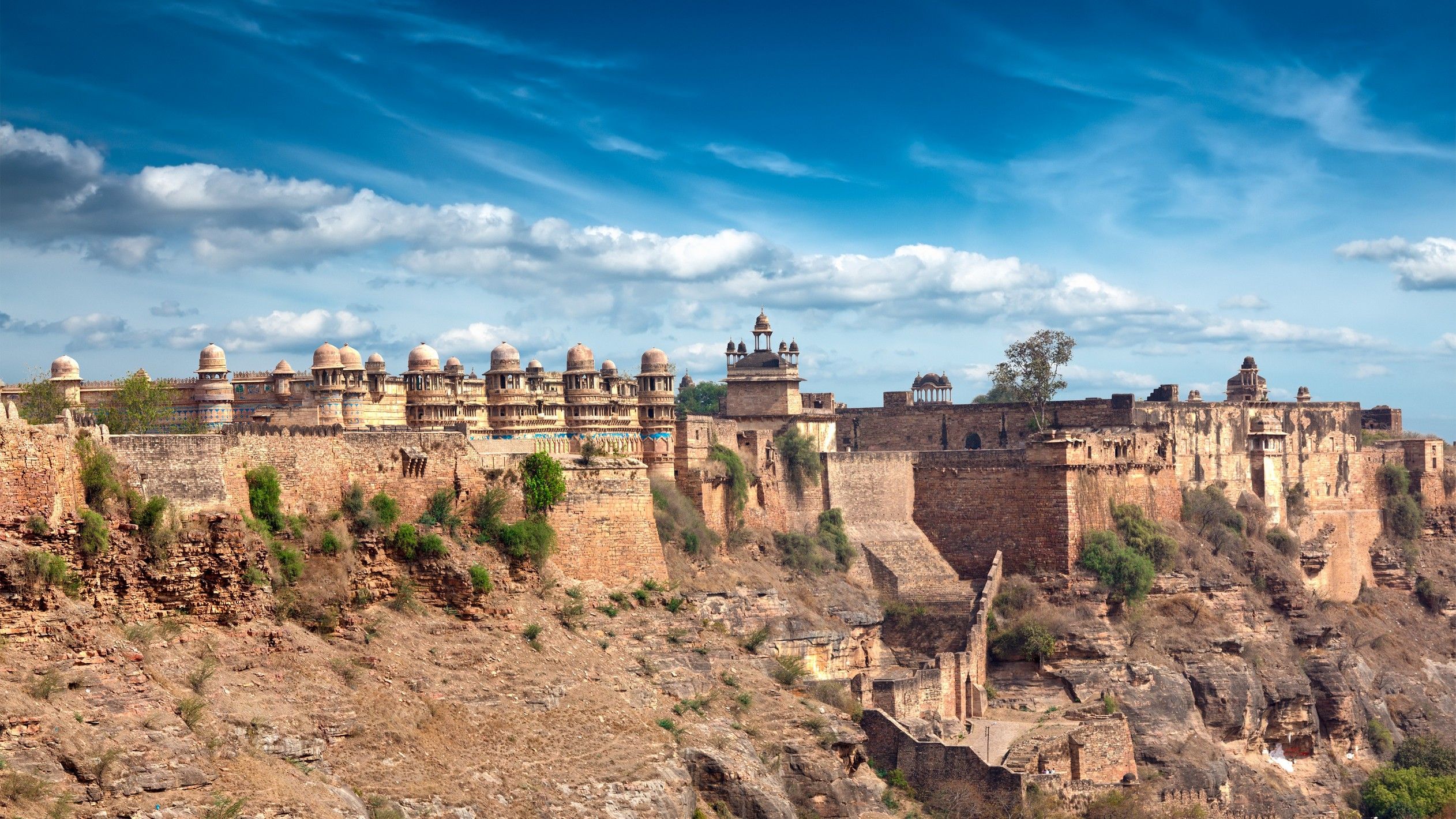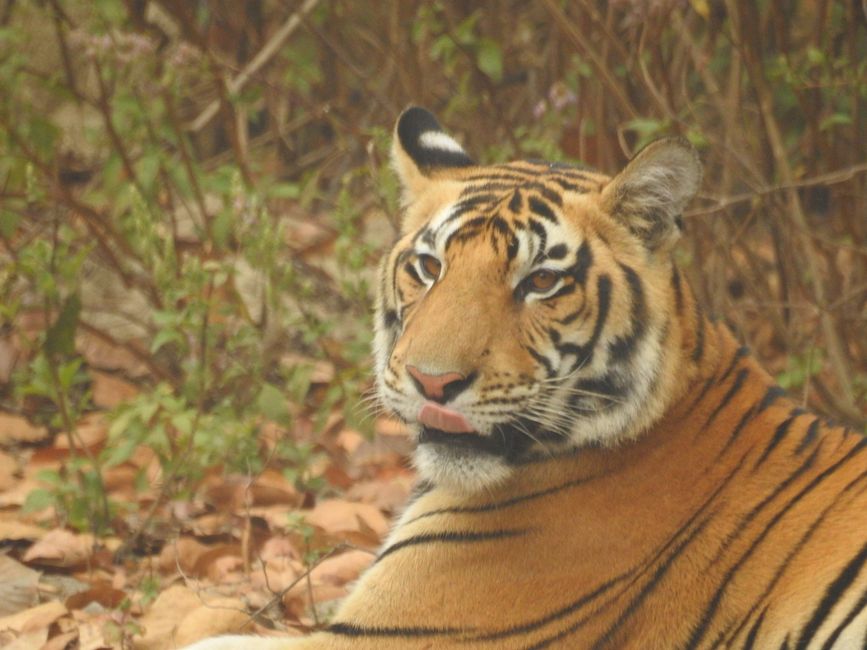BLOG 16: Pushkar & der heilige See
Veröffentlicht: 17.03.2024
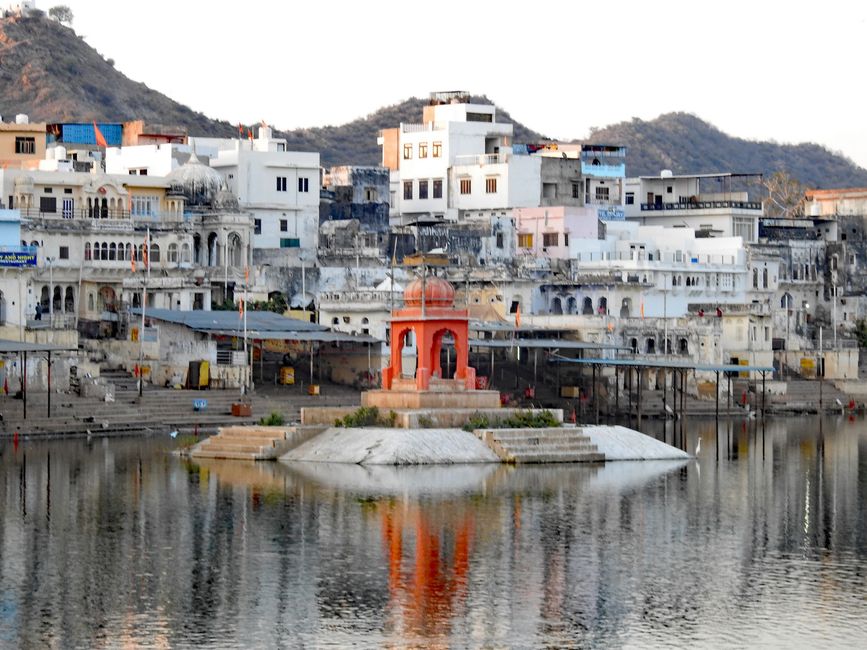

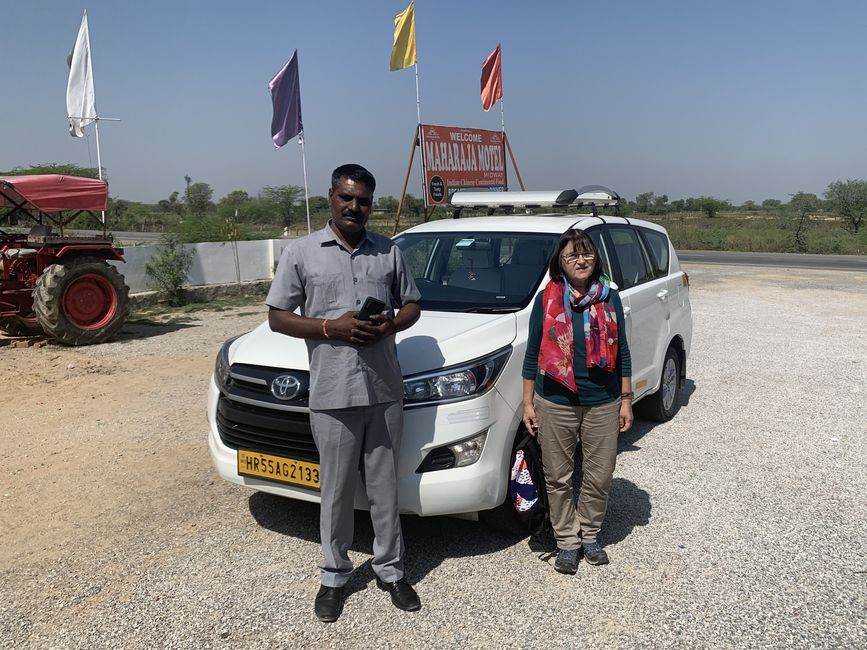

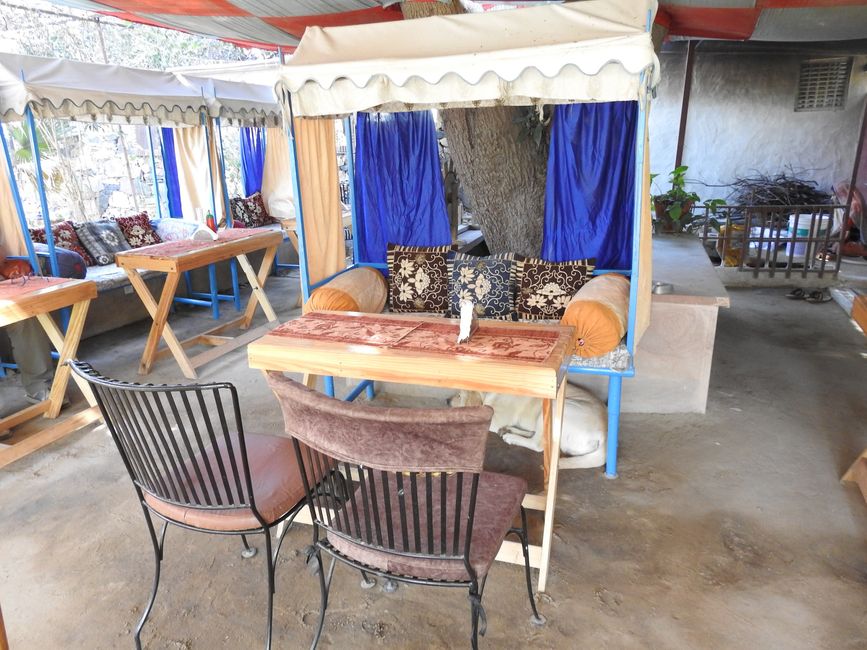
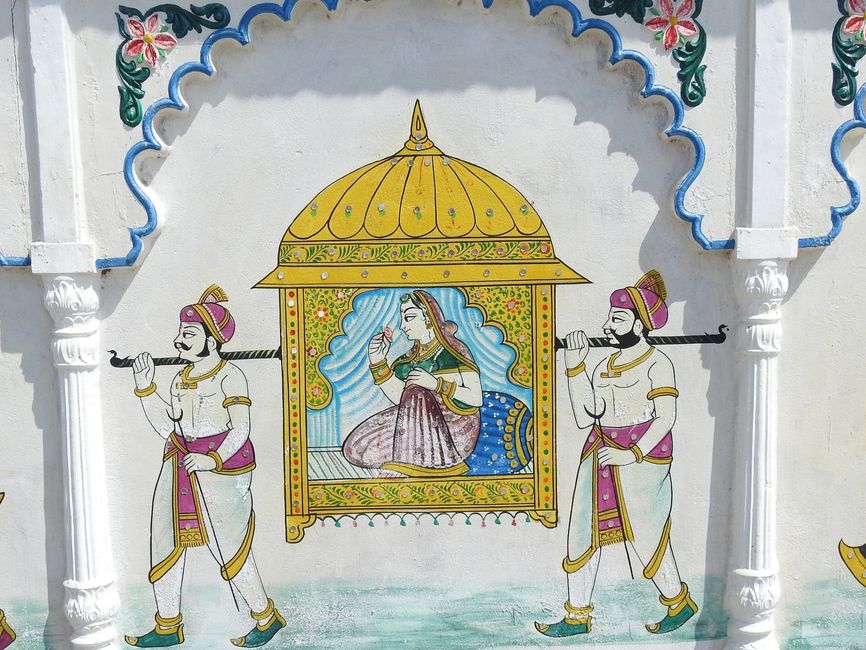
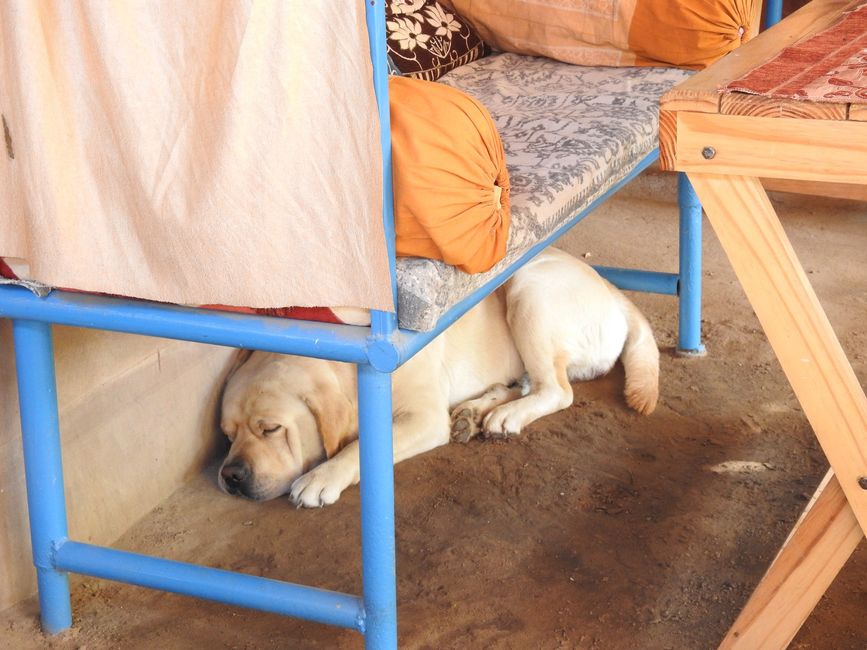

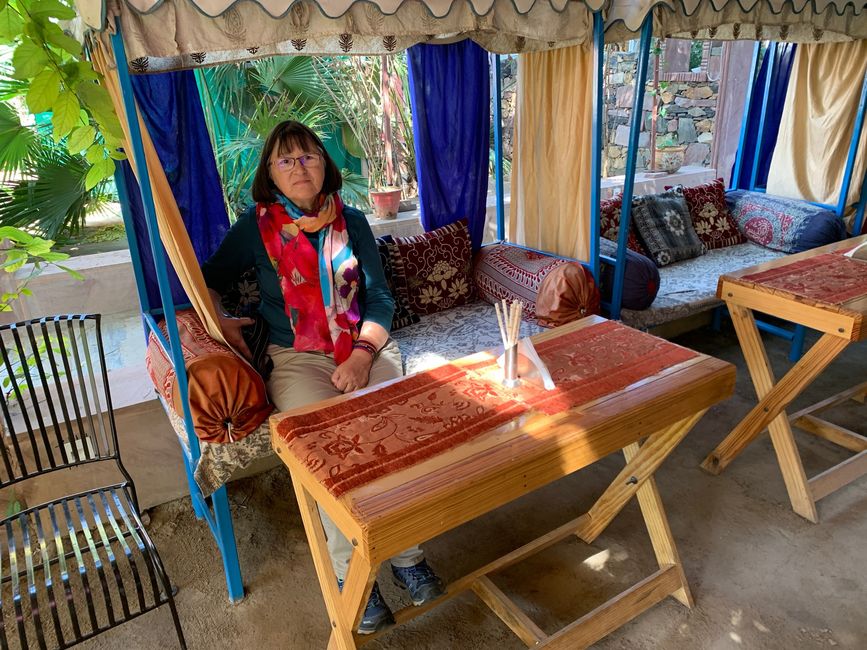
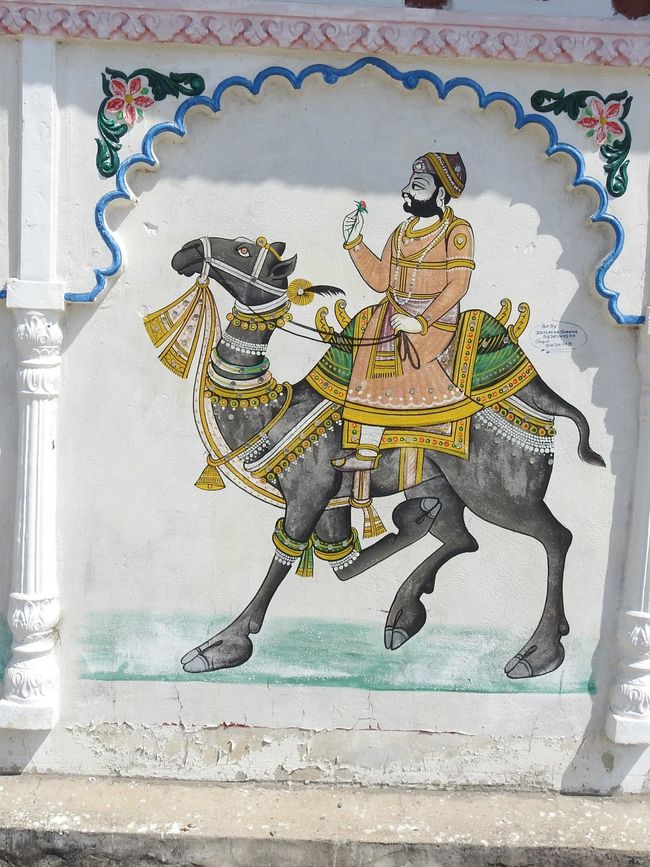
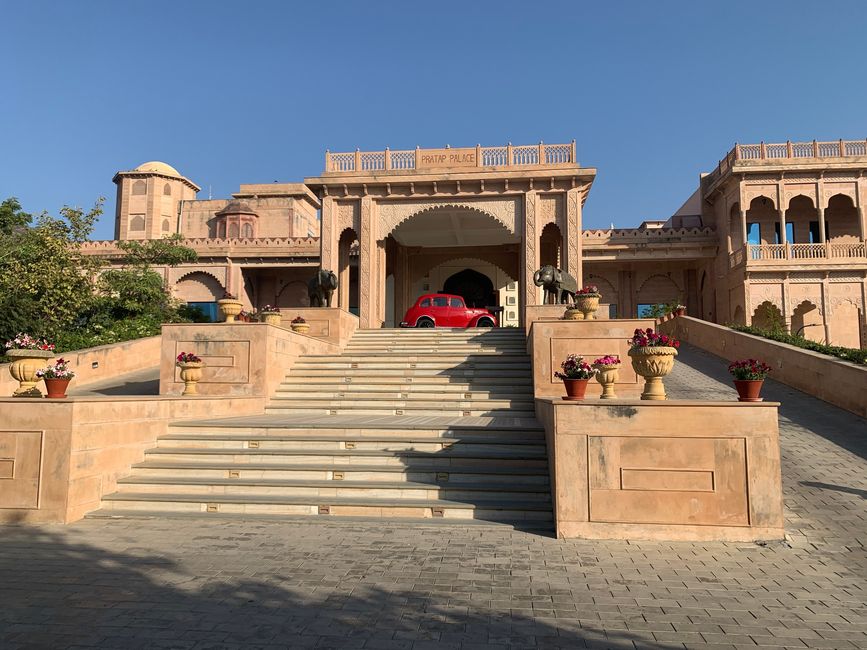
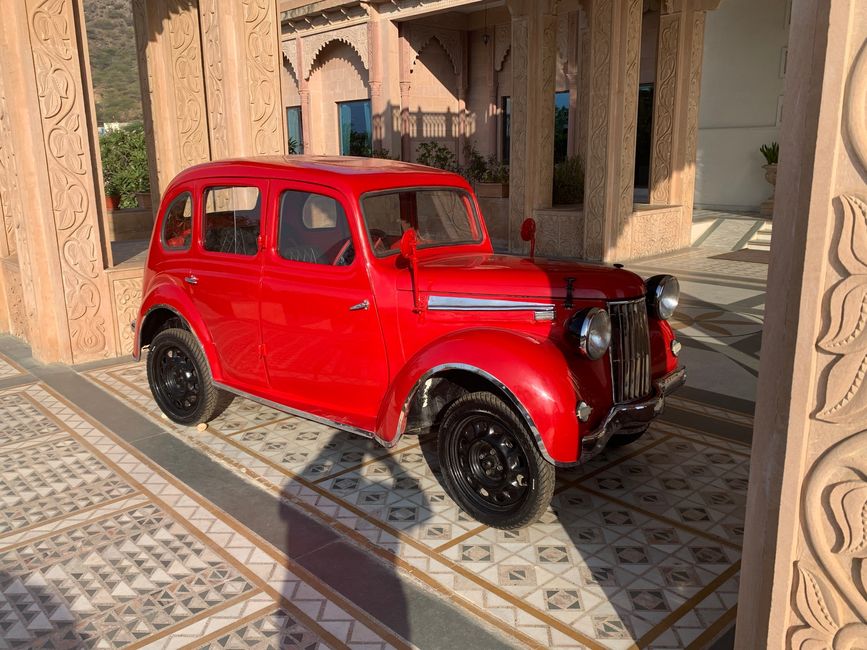


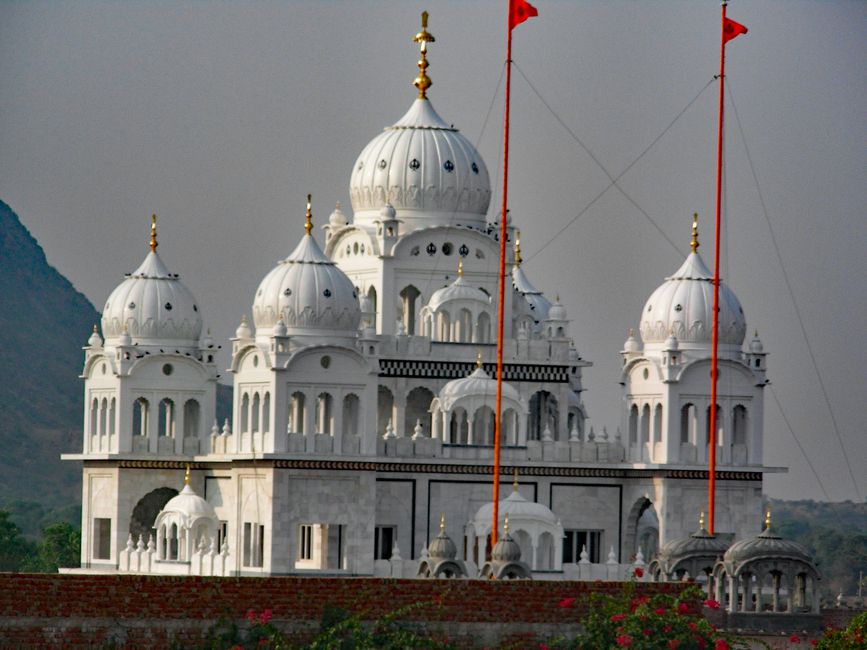

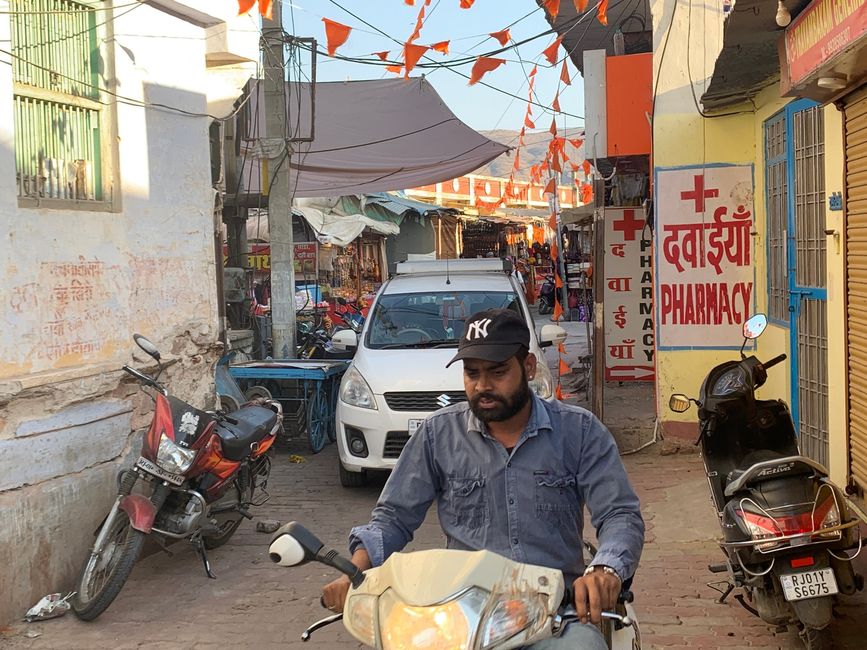

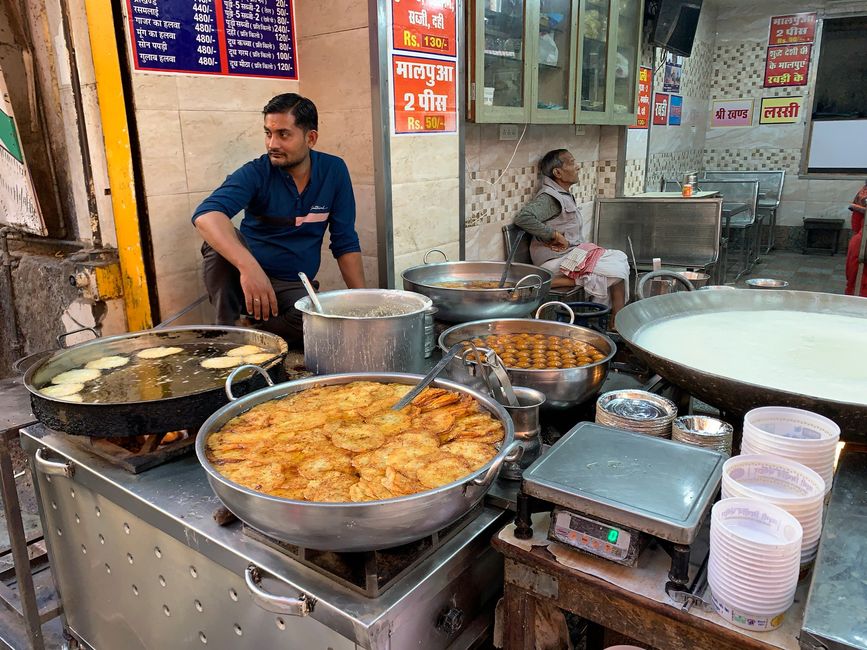

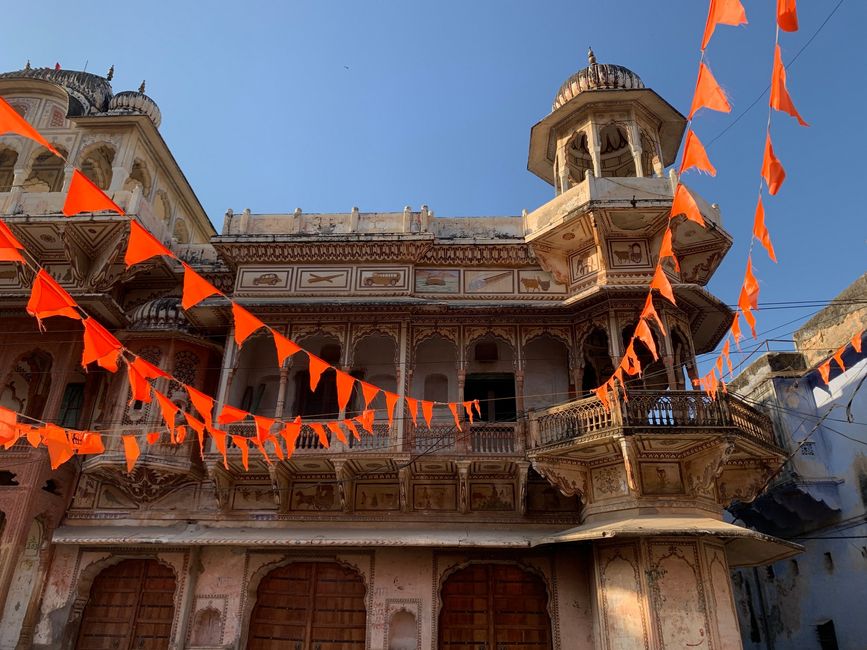
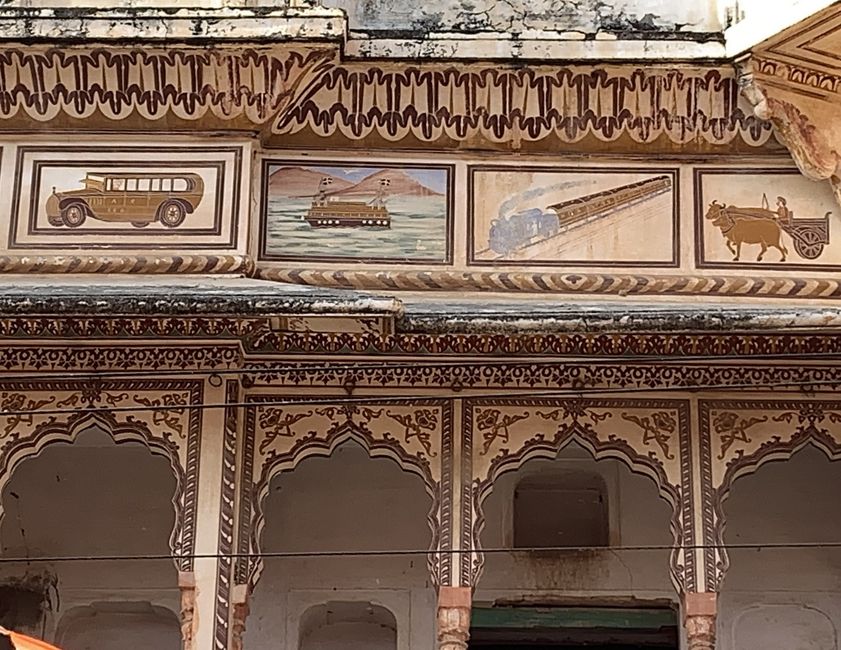
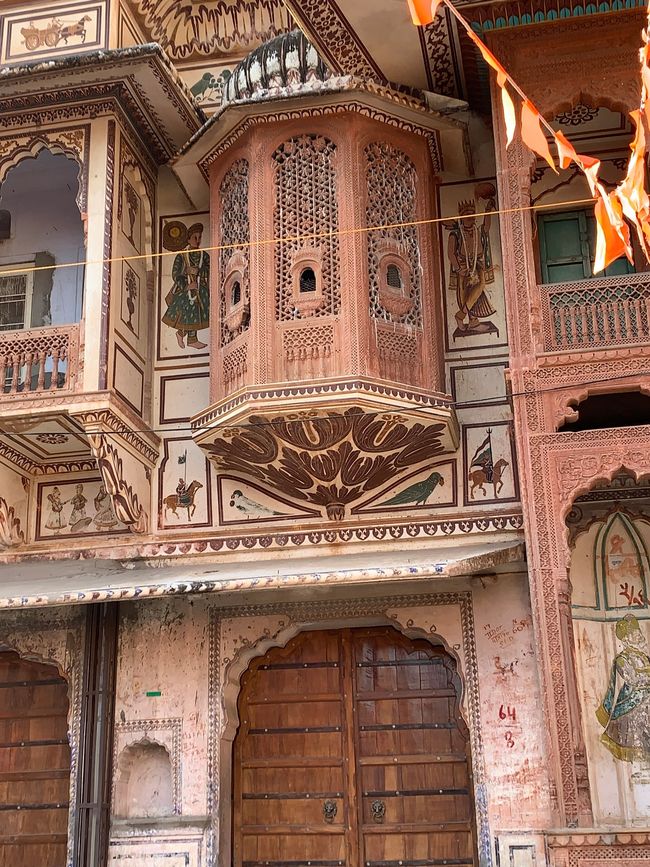
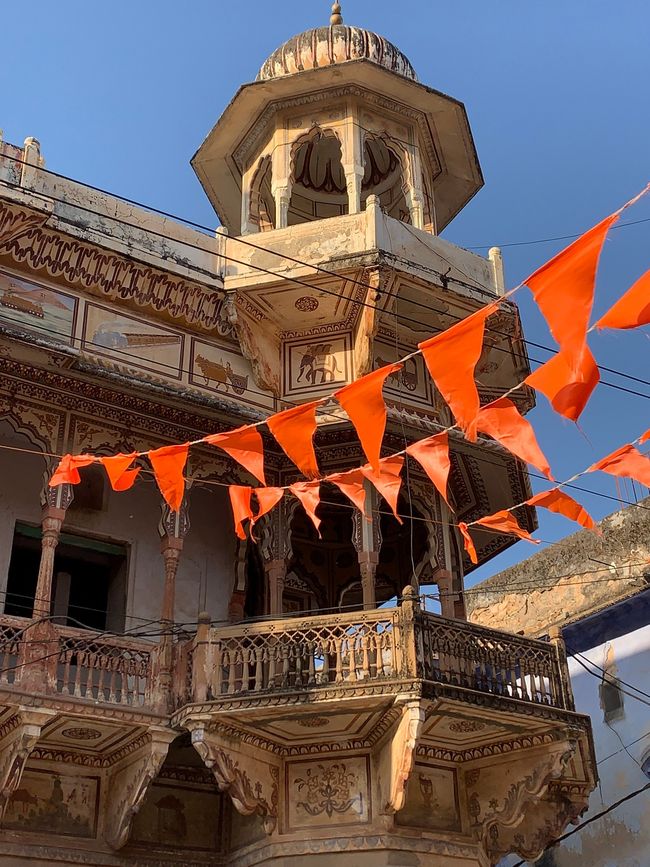
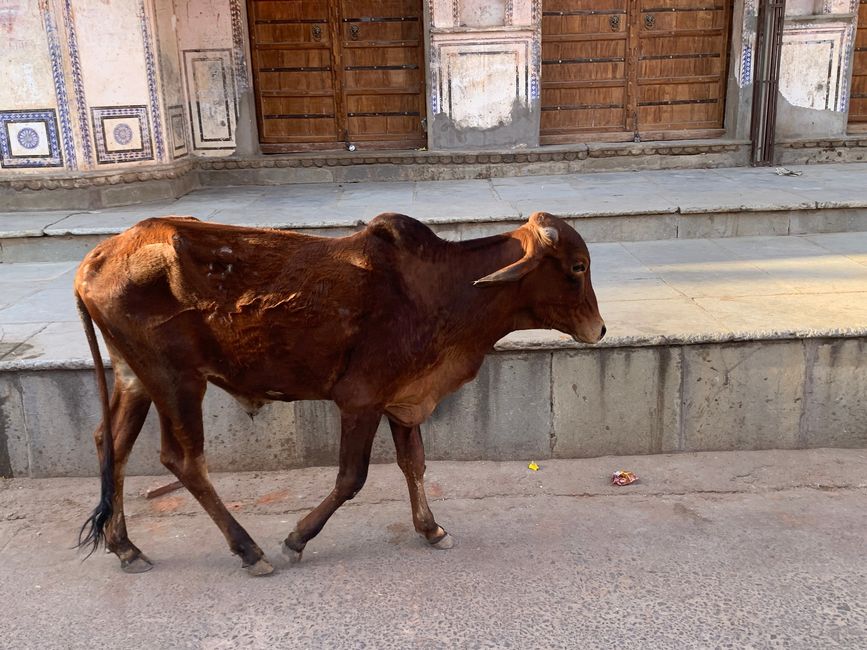
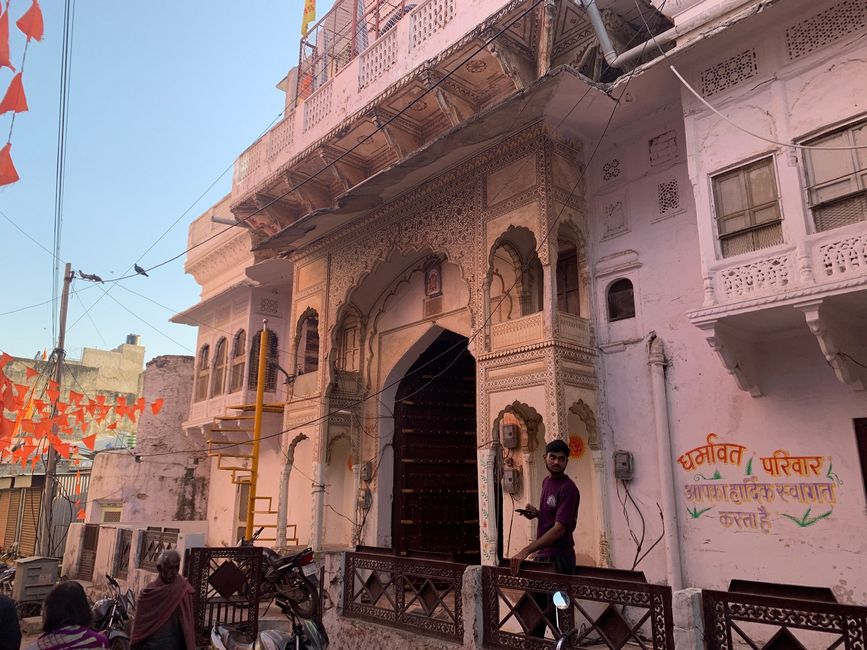
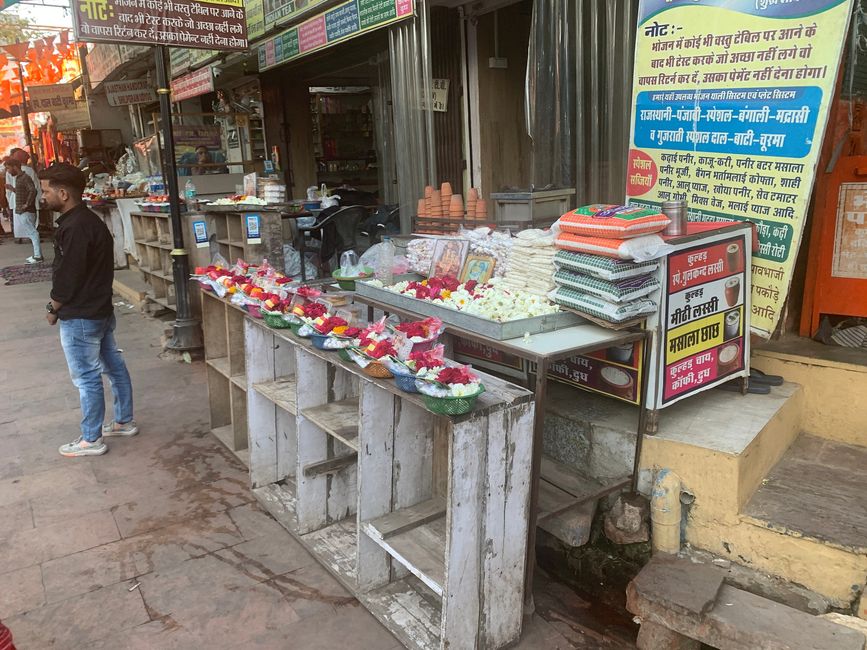
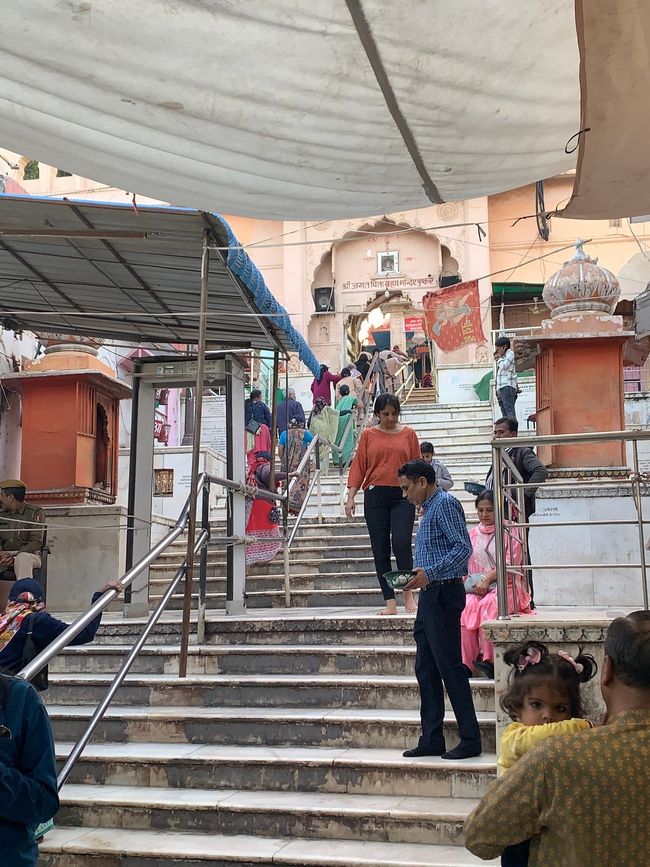
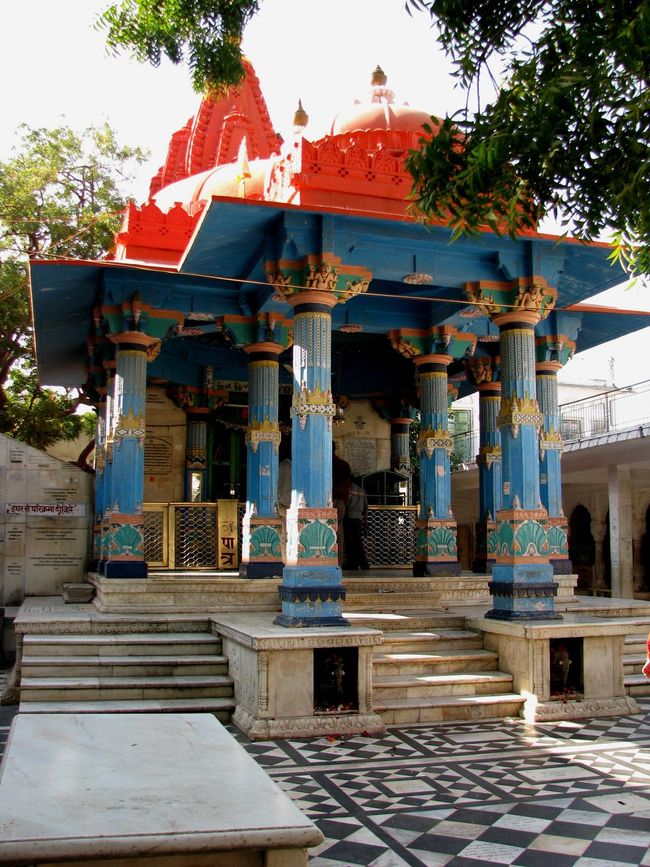
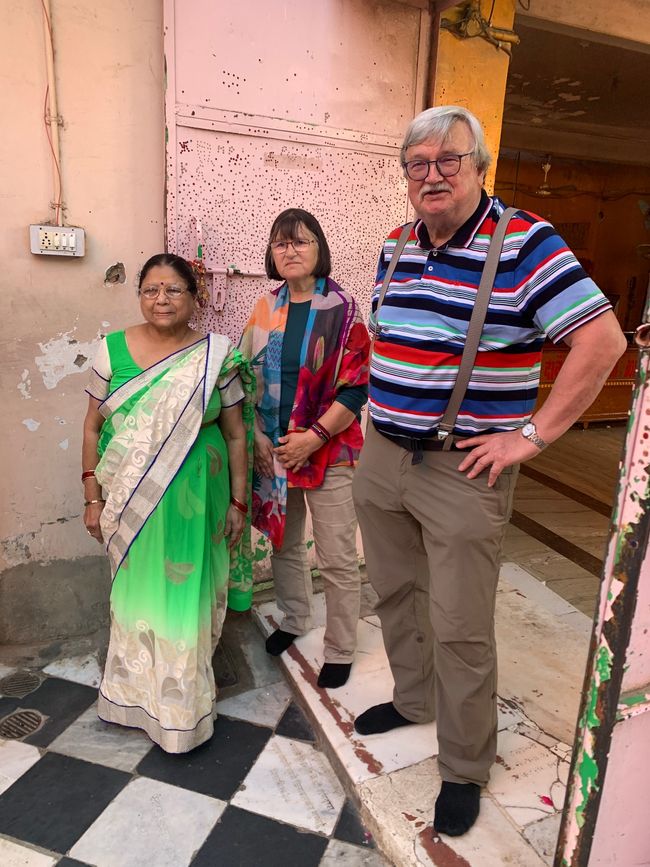
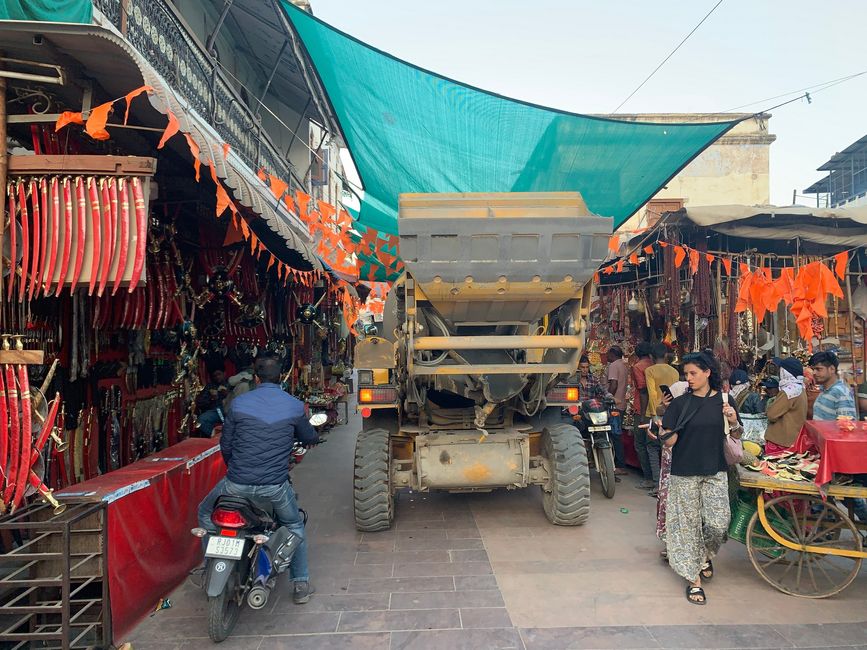
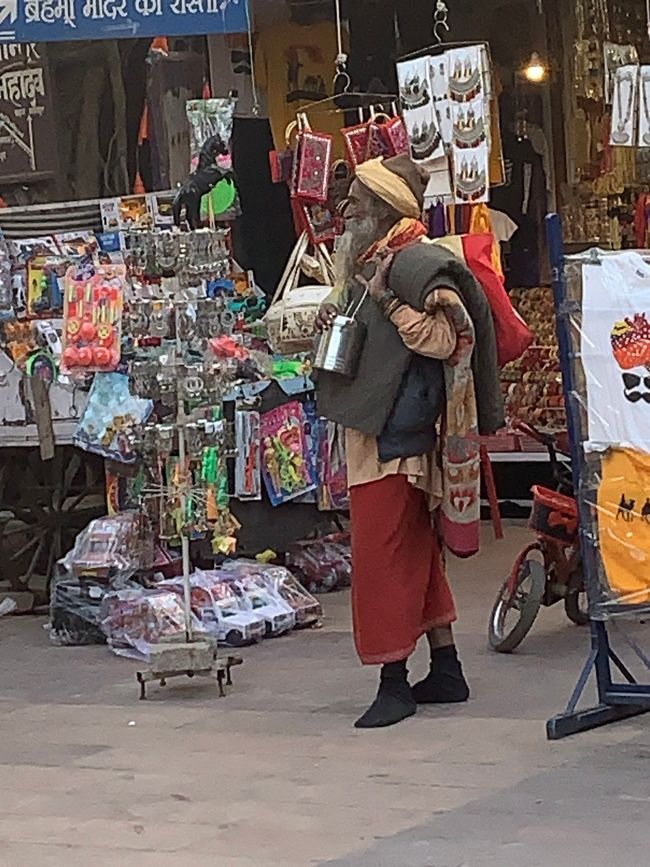
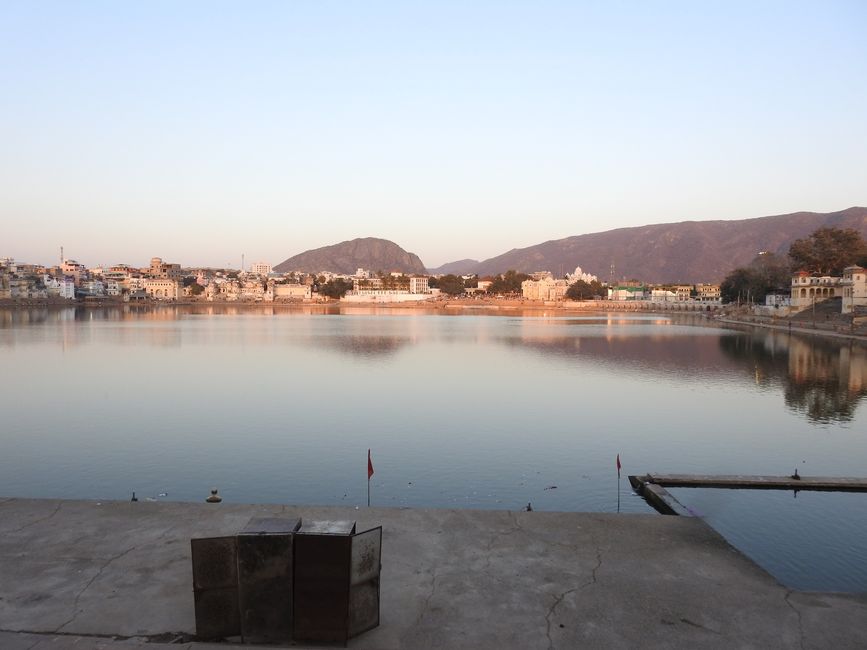
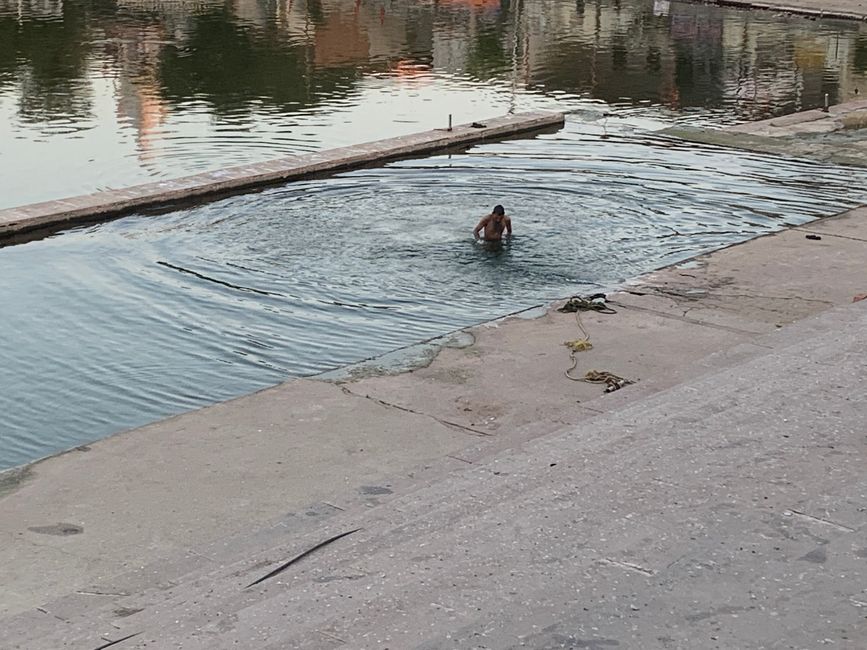
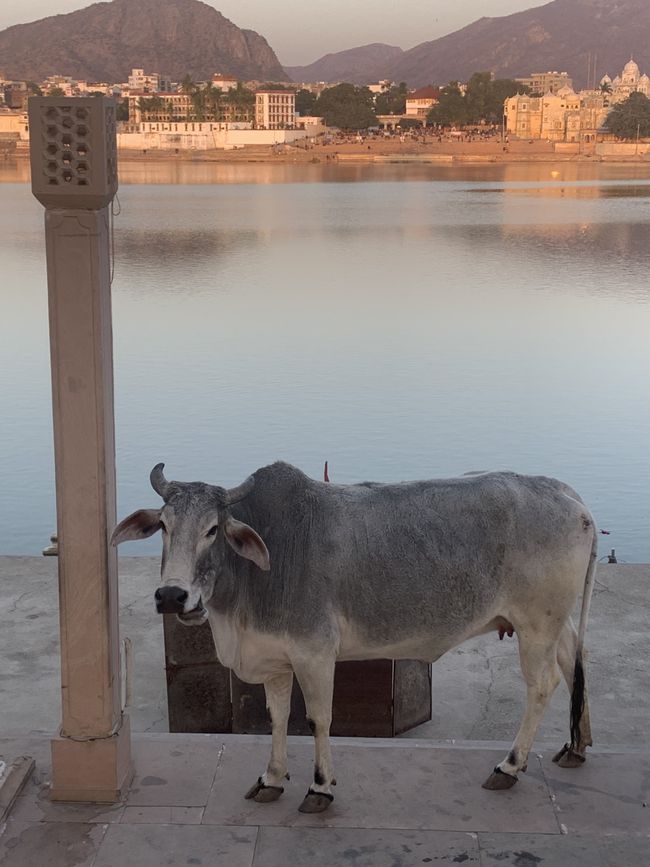
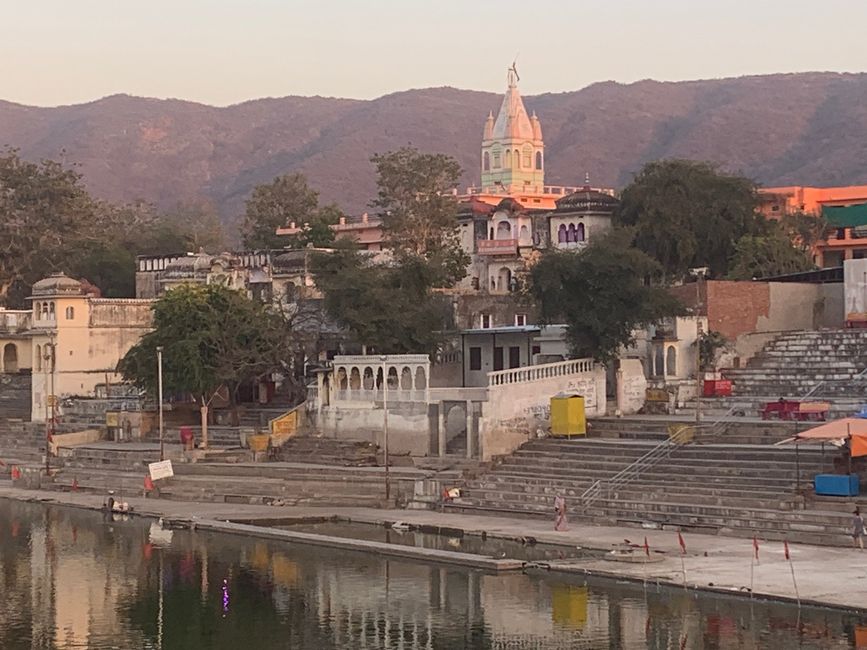
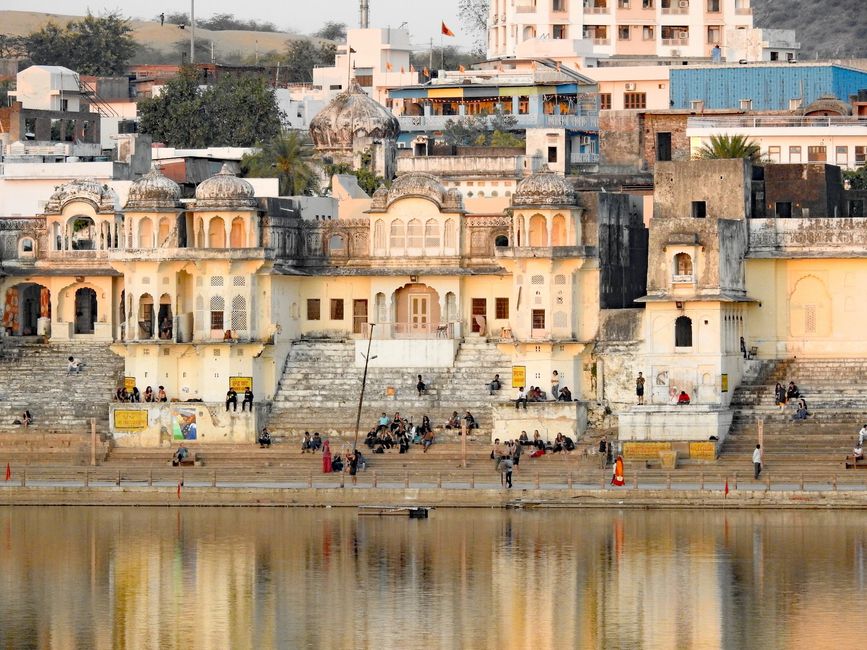
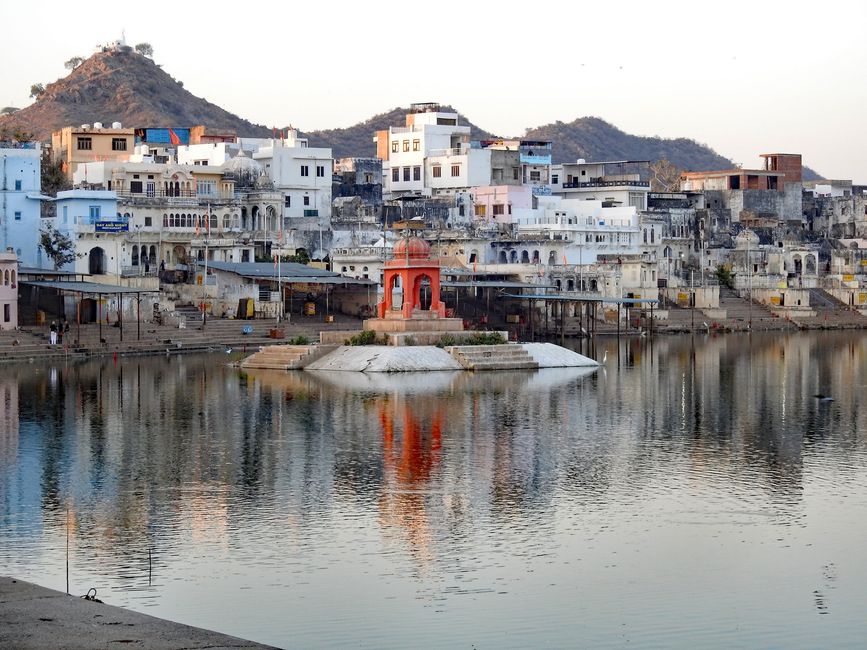
Newsletter abonnieren
Unterwegs steuert unser Fahrer wieder eine der gar nicht so seltenen schönen Raststationen an, diese hier bietet schon von aussen eine erholsame Pause für alle Reisenden an, ob mit Pferd, Elefant, Kamel, Sänfte oder Auto unterwegs.
Unser nächstes Ziel ist die kleine Stadt Pushkar am gleichnamigen „Heiligen See“ mit einer Vielzahl von Tempeln, von denen der Sikh Tempel (Gurudwara) Singh Sabha und Jagatpita Brahma Mandir, der einzige Hindu Tempel in Indien, der dem Gott Brahma gewidmet ist, besonders interessant sind.
Unser indischer Tourorganisator hatte uns informiert, dass wir hier nicht im geplanten Hotel, sondern in einem anderen, auch sehr guten und für unsere Zwecke sogar besser gelegen untergebracht würden, da das ursprüngliche fast zur Gänze für eine Hochzeit belegt war. Wir haben in Bhopal schon zweimal die – für uns – schreckliche Geräuschkulisse einer solchen lokalen Hochzeit mit wummernden Bässen „genossen“, so dass wir recht froh über diesen Wechsel waren. Februar / März ist eine sehr beliebte Zeit für Hochzeiten in Indien.
Zuerst besuchen wir das Gurudwara Singh Sabha. Es hat große spirituelle Bedeutung für die Sikh-Gemeinschaft und ist einer der bedeutendsten Gurudwaras in der Region. Das Gurudwara erinnert an den Besuch von Guru Nanak Dev 1509 und Guru Gobind Singh 1706, dem ersten und zehnten Guru des Sikhismus. Neben spirituellen Aktivitäten spielt der Gurudwara eine entscheidende Rolle bei der Betreuung der Gemeinschaft durch „Langar“ oder Gemeinschaftsküche, die allen Besuchern, unabhängig von ihrer Religion oder ethnischen Zugehörigkeit, kostenlose Mahlzeiten anbietet.
Wieder geht es durch enge Gassen voll mit quirligem Leben – natürlich gibt es „indisches Leben“, jedoch fallen uns hier nicht nur viele „Westliche“ – oft offensichtlich Aussteiger Freaks – aus, sondern die auch schon große Zahl von Souvenir Geschäften… Einige Paläste aus dem 19. Jhd liegen auch am Weg.
Ziel ist der Jagatpita Brahma Mandir, der berühmte Brahma Tempel aus dem 14. Jhd. Nachdem man die recht steile Stiege überwunden hat, steht man vor dem inneren Tempel. Fotografieren ist verboten, was eine indische Familie nicht hindert, uns zu einem Foto mit der Oma aufzufordern. Fotografiert werden mit Ausländern ist ein beliebter Sport in Indien.
Wir spazieren entlang des Ghats (Zugangsstiege) zum Pushkar-See – er gilt als der heiligste Ort in der Stadt Pushkar. Es wird angenommen, dass dieser fromme See entstand, als eine Lotusblume aus der Hand von Lord Brahma fiel, und dass er so alt sein soll wie die Schöpfung selbst. Man sagt, dass ein Bad im Wasser des Sees während „Kartik Poornima“, dem religiösen Hauptfest in Pushkar, einer mehrhundertjährigen Durchführung von „Yagnas“ (rituelle Opfer) gleichkommt.
-----------------------------------------------------------------------------
On the way, our driver heads for one of the not so rare beautiful rest stations, this one offers a relaxing break for all travelers, whether traveling by horse, elephant, camel, sedan chair or car.
Our next destination is the small town of Pushkar on the “Holy Lake” of the same name with a variety of temples, particularly the Sikh Temple (Gurudwara) Singh Sabha and Jagatpita Brahma Mandir, the only Hindu temple in India dedicated to the god Brahma are interesting.
Our Indian tour organizer had informed us that we would not be staying in the planned hotel, but in another one, which was also very good and even better located for our purposes, as the original one was almost entirely occupied for a wedding. We have already “enjoyed” the – for us – terrible background noise music of such a local wedding with booming bass in Bhopal twice, so we were quite happy about this change. February/March is a very popular time for weddings in India.
First we visit the Gurudwara Singh Sabha. It has great spiritual significance for the Sikh community and is one of the most important Gurudwaras in the region. The Gurudwara commemorates the visit of Guru Nanak Dev in 1509 and Guru Gobind Singh in 1706, the first and tenth gurus of Sikhism. Apart from spiritual activities, the Gurudwara plays a crucial role in serving the community through 'Langar' or community kitchen, which provides free meals to all visitors, irrespective of their religion or ethnicity.
Again we walk through narrow streets full of life - of course there is "Indian life", but here we not only notice many "Westerners" - often obviously dropout freaks - but also the already large number of souvenir shops... There are also some 19th century palaces along the way.
The destination is the Jagatpita Brahma Mandir, the famous Brahma temple from the 14th century. After you have overcome the very steep stairs, you stand in front of the inner temple. Photography is forbidden, which doesn't stop an Indian family from asking us to take a photo with their grandma. Taking photos with foreigners is a popular sport in India.
We walk along the ghats (access steps) to Pushkar Lake - it is considered the holiest place in the city of Pushkar. It is believed that this lake was created by a lotus flower falling down from the hand of Lord Brahma and is said to be as old as creation of world itself. It is said that taking a dip in the waters of the lake during 'Kartik Poornima' The main religious festival in Pushkar, is equivalent to a centuries-long practicing of “yagnas” (ritual sacrifices).
Newsletter abonnieren
Antworten
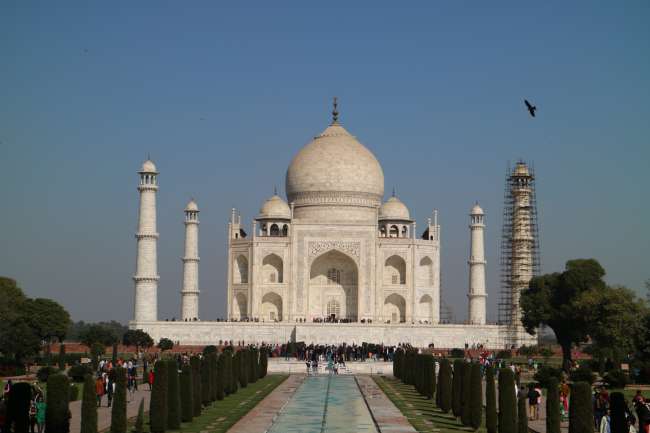
Reiseberichte Indien
